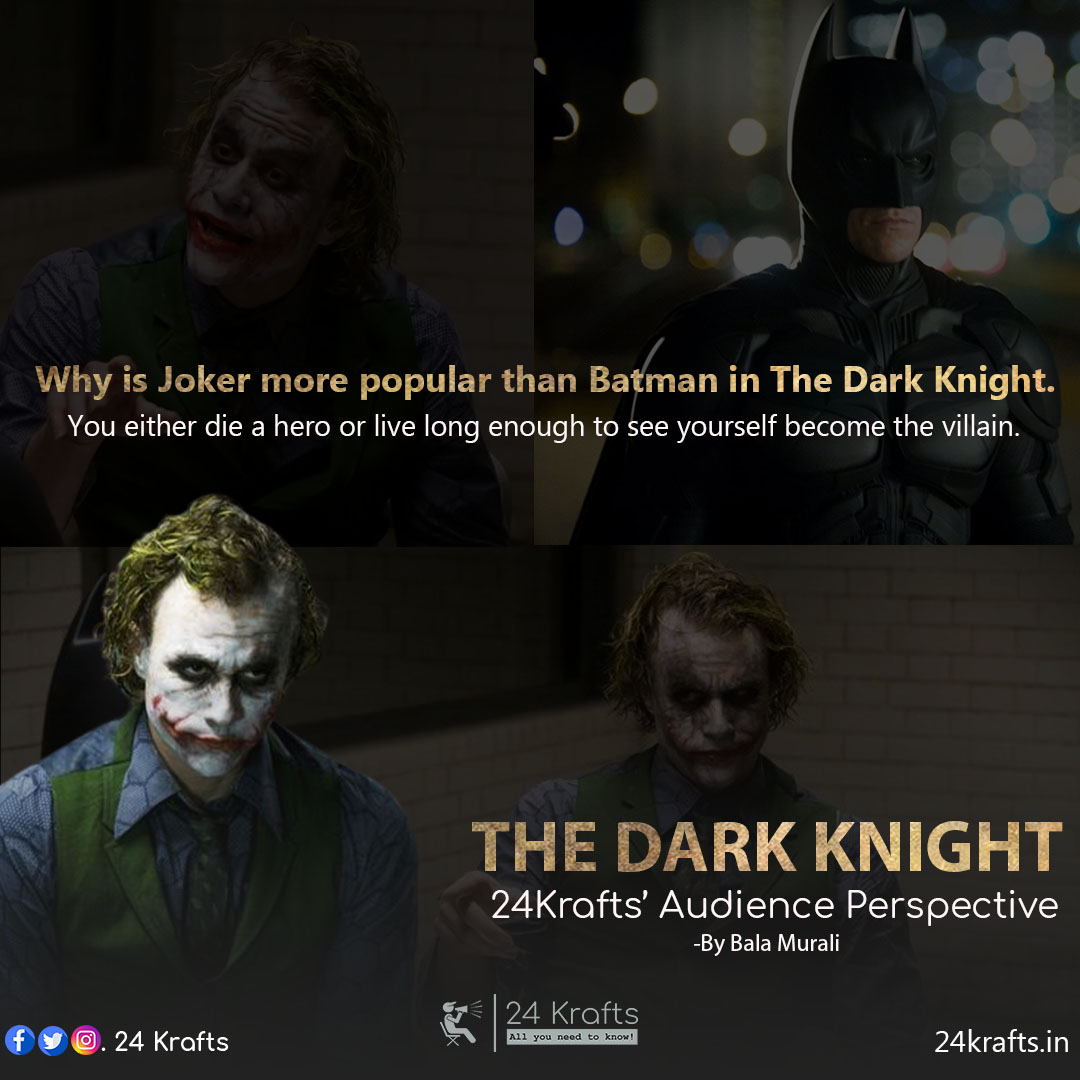Direction/Screenplay: C/o Kancharapalem starts with Raju waking up from his sleep and ends with him going back to sleep depicting the completion of a cycle. Director Maha’s brilliant direction and beautiful narration kept the audience engaging throughout the movie. Though the story takes place in 4 different timelines, the scenes were very well written in such a way that, it gives us an experience of all the 4 stories happening simultaneously in the present situation. The usage of non-linear screenplay perfectly blended all the 4 stories. If we keenly observe all the 4 stories are narrated in day and night order to manipulate the audience. Maha gave us many Esther eggs in the form of metaphors right from the start of the movie which can only be observed while watching for the second time.
Cinematography: Cinematographers Varun Chaphekar and Aditya Javvadi did a brilliant job in capturing the rustic and authentic places of Kancharapalem. In the start of the film, Raju opens 4 windows depicting the narration of 4 different stories simultaneously. The overhead shot at the start of the Sundaram story depicts his father Ram Murthy’s financial position. It is perfectly captured that it never losses its authenticity and easily gets connected with no difficultly.
Comedy: The movie shows an amazing way of satire and sarcasm that’s used in everyday language and conversations. This part is what was catchy to the people. Most of the dialogues and sarcastic comments were relatable to every type of crowd and pulled them to the chairs instantaneously. The way society tries to involve in people’s lives was shown amazingly.
Taboos and Love: The movie portrays 4 love stories of the same Raju Sundaram. Each story has a different conflict or a problem that lead to a tragic ending. But each of them shows the importance of something that drives a person to fall in love, even though he failed in love earlier. Also, each story subtly throws light on the petty thought processes and conservatism of society and its effect on our belief system. Apart from the love story in the film, Director Maha mainly focuses on social norms and religion. To be honest, these two are the antagonists in Raju Sundaram’s love stories. Be it marrying a prostitute or a 42-year-old widow, Maha touches all the taboos and social norms of the society. We can see the change in Raju to Sundaram’s character, from believing in Hinduism to believing another person.
Music and Sound Design: “Sweekar Agasthi” music was sheer brilliance. If we observe, the background score was used in very few scenes to achieve the authentic feel. While train sounds depict that the story takes place in the same location, the sync sound added the authenticity to the scenes. The two parody songs sung by Kishore Polimera who played the role of Sundaram’s father, Ram Murthy, were catchy enough to pull the crowd. The song Asha Pasham sung by Anurag Kulkarni stood out, as it tells about the hope we clung to till death. Another song “Yemi Janmamu” sung by Venkat Rao, portrays the vicious cycle of life, birth and death. The format used for this song is called Burra Katha. Burra Kathas are a format of telling a story in a song form just like Hari Kathas.
Acting: The casting chosen were all localities of the settlement Kancharapalem near Vishakapatnam. The reason behind their sheer acting skills is that they lived in the characters. Maha has written the roles as if they are gentle, kind and simple human beings. He chose the people living in this settlement to portray these roles so that the roles are played with more authenticity. The Best Actor award was given to Mr Subba Rao who played the role, Raju. Later, the boy who played Sundaram was seen in a couple of other movies too.



